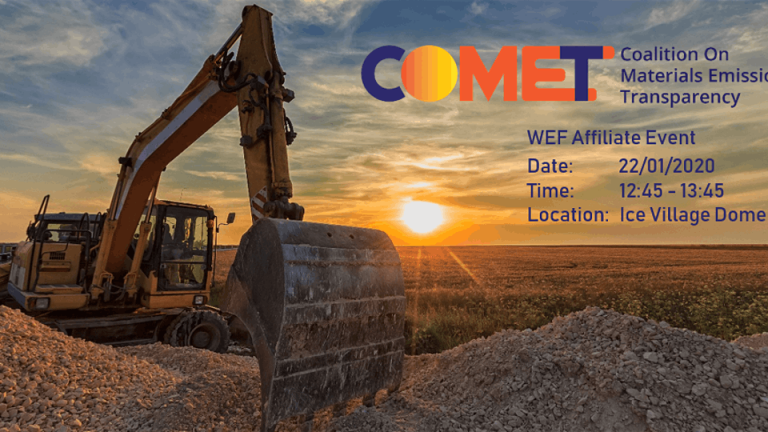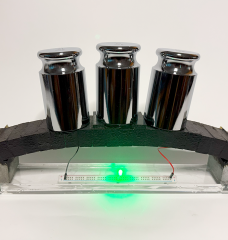
The Coalition on Materials Emissions Transparency (COMET) will host a roundtable discussion at the World Economic Forum in Davos this January 22 on driving wholesale change and emissions reduction in material supply chains by developing a verifiable and comparable emissions reporting framework. The event will be hosted by Paolo Natari of the Rocky Mountain Institute and Suzanne Greene, Program Manager of the Metals, Minerals & the Environment Program at the MIT Environmental Solutions Initiative.
From the event description: "Companies with CO2-emitting assets face increasing pressure to reduce the climate impact of their activities, supply chains, and products. This pressure is coming from investors, consumers, and regulators. To survive in this new landscape, companies must proactively work to understand and reduce the environmental impacts of their business. However, neither consumers, corporates, or financial institutions know the embodied emissions in the products they produce or sell. While methods like life-cycle analysis and environmental product declarations exist, none use a verifiable, comparable, or widely adopted emissions reporting framework capable of sending supply chain signals."






